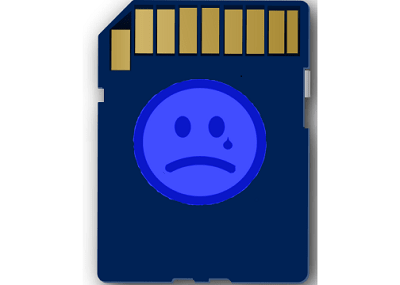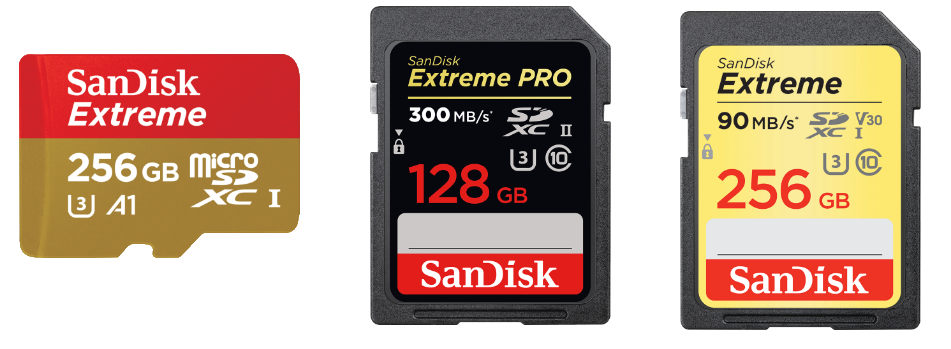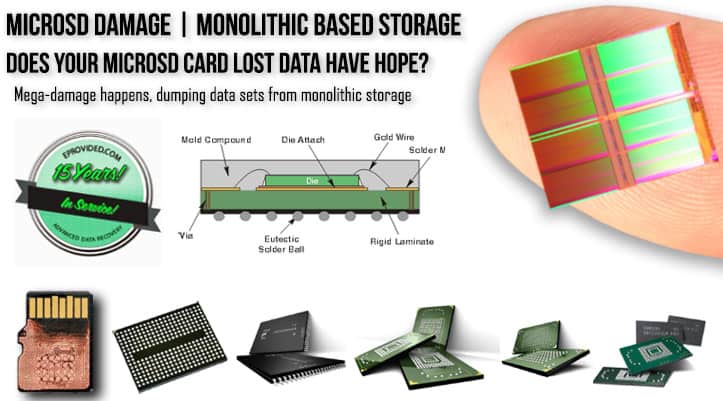

- Broken micro sd card recovery install#
- Broken micro sd card recovery android#
- Broken micro sd card recovery windows#
Broken micro sd card recovery install#
More than likely you don’t have it installed, so from the Ubuntu CLI prompt type sudo apt-get install testdisk to install it.
Broken micro sd card recovery windows#
Should neither the normal Ubuntu nor Windows programs aided you in recovering your files from your memory card, then you might have more luck with a program called Testdisk. Add the -f switch if Ubuntu complains that the file system is marked dirty. Replace the device files with the correct names in both examples, and keep in mind that restoring a disk image will destroy everything on the device in question. You can then restore it to a blank memory card with sudo ntfsclone -r dsk.img /dev/sdd1. You might also try using ntfsclone -so dsk.img /dev/sdd1 to take a disk image of an NTFS memory card even if Disks Utility failed to do so. While this isn’t a Linux version of chkdsk, it can repair some NTFS inconsistencies. You could try sudo ntfsfix -d /dev/sdd1, replacing the device file with the name of your device.

Ubuntu does provide two useful programs for working with damaged NTFS-formatted memory cards if you don’t have access to Microsoft Windows. If you get an error returned, however, then Windows hasn’t had any more luck recovering your memory card than Ubuntu had. Open a command prompt from the Start Menu, and then type chkdsk /f E:, replacing E: with whatever drive letter it gave. Locate the drive letter that Windows assigned to your memory card, but do not format it if Windows asks. Open a File Explorer window by holding down the Windows key and pushing E. Reboot the computer, and when GRUB comes up, prompt it to start your installation of Microsoft Windows with the keyboard. While Ubuntu has debatably superior support for recovering FAT devices, Windows can sometimes help recover NTFS devices. If you run Ubuntu alongside Microsoft Windows, then you might have luck using the chkdsk command in a Windows command prompt. Method 2: Repairing a Memory Card on a Dual-Boot Ubuntu System Replace # with the ext number of the system if you can remember it. You could instead try using fsck.ext# if you formatted the card to work with one of the Linux file systems. Replace the sdd1 portion with the name of the partition given in the disks utility. Assuming you have an FAT12, FAT16 or FAT32 formatted card, then run sudo fsck.msdos -r /dev/sdd1 from the command line to attempt recovery.

When the partition is unmounted but Ubuntu detects the drive, you can run a consistency check to attempt recovery of the file system. You may be able to mount the new file system, but keep in mind you’ll loose whatever was on the new card, so ensure that it’s completely blank before proceeding. img file.Įject then insert a different blank memory card of the same size after it concludes, and then write this disk image to the new card with the gear menu. If you’re able to, then you might want to try clicking on the gear icon, selecting “Create Disk Image” and then saving it as an. If it reads “No Media,” even if there is a card in the slot, then attempt to disconnect and reconnect the card, then see if anything has changed. If it mounts, then you might be able to copy files off it. It will generally call it “Single Flash Reader,” and if given the option underneath the storage graph, click on the right-facing arrow to attempt to mount it. Open the GNOME Disks Utility from the Dash, KDE or Whisker menu and locate the device file name for your particular flash reader. Method 1: Repairing the Memory Card with Ubuntu’s Standard Tools This might seem like a minor detail, but it will help quite a bit when it comes to using Ubuntu’s tools to recover data from damaged Secure Digital file systems. Ensure you don’t bend the card, and make sure that it’s attached correctly to ensure a good connection. When you attach your card to your PC, you’ll want to make sure that you do so firmly, but gently. Most microSD, microSDHC and microSDXC cards don’t have this problem, but it’s still possible to clean off the contacts and such. Sometimes full-sized SD, SDHC and SDXC cards become loose in their cases, and can be gently pushed back together. Properly eject it, and then make sure that its in good shape.
Broken micro sd card recovery android#
If you receive a “Damaged Memory Card – Please Format” or similar error from a Google Android or Apple iOS device, then there might still be some hope for data recovery as long as you declined to format the card.

Memory cards are an excellent way to transfer information between mobile devices, digital cameras and PCs.


 0 kommentar(er)
0 kommentar(er)
